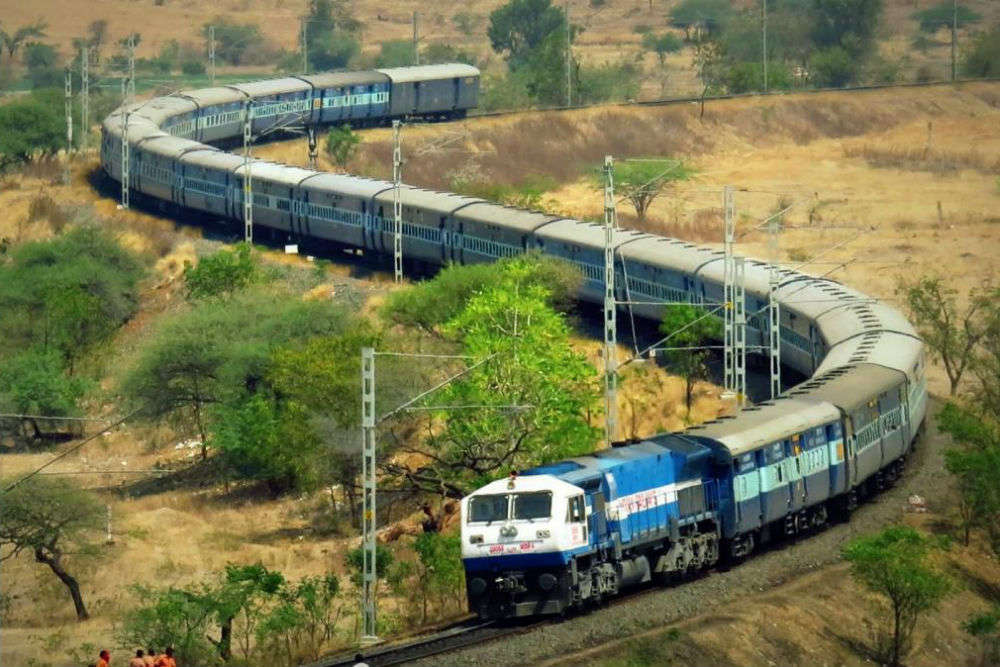By Mahima Kapoor
Indians Railways has launched the process of
opening up train operations to private entities on 109 origin-destination (OD)
pairs of routes using 151 modern trains. The present bid is only for a fraction
of the total train operations – 5% of the 2,800 Mail and Express services
operated by Indian Railways. The railways have moved ahead with a long-pending
plan, setting a tentative schedule for private train operations, expected to
begin in 2023 and in 12 clusters.
WHY SUCH A MOVE?
Ø The
Railway Board says five crore intending passengers could not be accommodated
during 2019-20 for want of capacity and there was 13.3% travel demand in excess
of supply during summer and festival seasons.
Ø The
overall objective, however, is to introduce a new train travel experience for
passengers who are used to travel by aircraft and air-conditioned buses.
WHY IS THE MOVE SIGNIFICANT FOR INDIAN
RAILWAYS?
·
For the Railways, one of the
largest organizations in the country, operating not just trains for passengers
and freight, but also social institutions such as hospitals and schools
represents a radical change.
·
It was estimated that a one-rupee
push in the railway sector would have a forward linkage effect of increasing
output in other sectors by Rs.2.50.
·
The Debroy committee found
this significant to take the 'Make in India' objective forward. It asked for
the entry of new operators "to encourage growth and improve
services."
·
The panel also noted that
passengers were willing to pay more if they had guaranteed better quality of travel
and ease of access.
NOW THE QUESTION ARISES, WILL
THIS STEP BE SUSTAINABLE?
The strategy of below-cost
pricing will make it difficult for the private sector to compete. On the other
hand, higher prices needed to cover the costs might bring them in direct
competition with airlines, pricing them out of the market. Apparently, private
operators would have to raise the level of their offering even higher, to
justify higher fares, and attract a segment of the population that is ready to
pay for the difference. The government would have to explain that it has monetized
its expensive fixed assets such as track, signalling and stations adequately
for the taxpayer, who has paid for them. Apart from all the challenges, Will
the private players able to cover the losses that our Indian railways even
couldn’t able to? Will the higher prices let them stay in the market?
Well, the topic is quite
debatable. As per the NITI report, 77-80% of total losses in the passenger
segment are in the non-suburban segment, within which IR incurs losses in all
classes for 3rd AC. The proposed model if scaled up, could help IR
reduce such losses and allow it to have profitable earnings.On the other hand, to depend upon disinvestment for loss
coverage will be problematic. However, critics argue that bringing private
players in will affect the affordability and inclusivity factor that the
railway is known for which will make it difficult to stay.
This is a rational decision
but these are just estimates. Real repercussions can only be known after
implementation.


Comments
Post a Comment